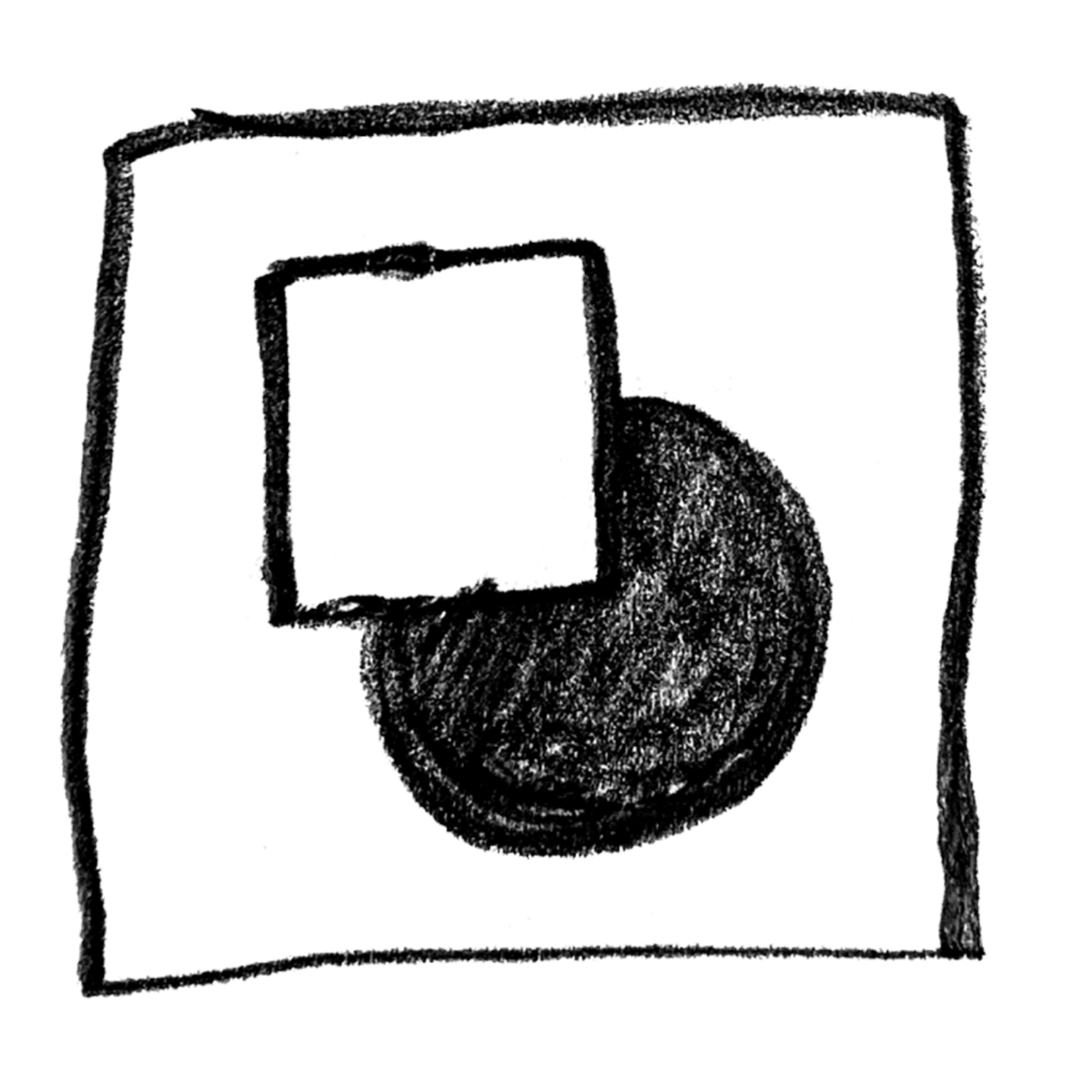


Second nature
Nature always had an important place in Jean Paul’s life. His love for nature began as a young boy, born out of the time he spent scouting, fishing with his father, and on other adventures. Jean Paul also brought nature into his work in surprising and intriguing ways. While we generally expect to recognize each of the elements composing a landscape, Jean Paul instead offers a marvelous invitation to experience and interpret nature with our full imagination.
Here’s a proposal for a creative project that invites you to celebrate this great artist’s environmental side by experiencing and recreating elements from the natural world. Cast a keen eye around you, activate your senses and take your first steps down the path of creation. Keep at it, and creation will become second nature in no time!
Read more
Intentions
Intentions
- Become acquainted with the work of Jean Paul Riopelle through his love of nature;
- Develop an ability to appreciate works of art;
- Develop an ability to create;
- Experiment with drawing and collage techniques;
- To appropriate the disciplinary vocabulary.
Project summary
Create a work of art by
drawing
An art technique that consists in tracing elements using pencils, pastels, etc. Drawing can be done freehanded or with tools (rules, compass, etc.).
collage

Approximate time
3 hours

Technique
Mixed

Notions
Drawing
An art technique that consists in tracing elements using pencils, pastels, etc. Drawing can be done freehanded or with tools (rules, compass, etc.).
Collage
The technique of attaching different materials (paper, cardboard, etc.) to a surface using a substance called "glue."
Blending
The technique of rubbing a drawn element to make it blurry and less focused, making it possible to mix colours together.
Tear
The action of using your hands to divide paper or cardboard into small pieces.
Cutting
The action of using a sharp tool (scissors, etc.) to separate or remove part of a surface (paper, cardboard, etc.).
Snipping
The action of removing a central part of a material (paper, cardboard, cloth, etc.), creating a perforation.
Contrast
An effect produced when two elements highlight each other's opposing characteristics through the use of colour, height, luminosity, etc.
Value
The different degree (pale or light, medium or dark) or hue of a colour.
Varied Brushstrokes
A painting technique that consists in applying a colour in varying quantities and over areas of differing sizes on a surface that is a different colour.
Flat Brushstroke
A painting movement that consists in applying a coloured pigments uniformly across a painted surface.
Line
A continuous mark, real or projected. Lines are variable and have many characteristics: they can be drawn, painted, engraved, incised or tangible; wide, narrow, short, long, curved or straight.
Wide and narrow lines are defined by their varying width.
Short and long lines are defined by their varying length.
A straight line is defined by the mark's regularity.
A curved line is defined by the mark's curve.
Material
For the trip outside
For work in the studio
Context
Jean Paul spent the long days of summer out painting in nature with his art teacher, Mister Bisson. Back in the city, with the natural world seemingly less present, Jean Paul would draw on different sources of inspiration to paint still lifes, work which he approached in his usual playful manner, giving one of his pieces the title Nature bien morte (Very Still Life)! His first works were of a mounted owl. Over the course of his career he painted, drew and sculpted more than 2000 owls.
This project is an opportunity to follow in Jean Paul’s footsteps. It invites participants to pay attention to the nature surrounding them and their personal relationship to it. There’s nothing better than getting out into nature if you want to truly express its beauty and grandeur!
The project is an opportunity to discover techniques that combine drawing and collage, through deconstruction and reconstruction, to reinvent a landscape inspired by the natural world all around us!
Take it one step further
Optional activities to complete during or after the project

Digital fun
Interdisciplinary ICT ideas;
Record the sounds of nature.
During your outing, record the sounds present in your environment:
- Move around to find the best location to make a high-quality recording of sounds using an application like Voice Recorder;
- Add this soundtrack to your creation using software that can combine an image with sound, such as Power Point, or an application on the website for your class.
Play with storytelling
Interdisciplinary English idea;
Write a poem.
Write a short poem in the style of a haiku that pays homage to the natural environment and season in which the project took place. Generally, haikus―a Japanese art form―evoke a landscape, a season or a general state of being. They are short, entertaining and sometimes humorous. Yours should represent a moment from your outing into nature.
Haikus are known for their specific rhythm. Traditionally, they are composed of 17 syllables divided in the following manner: 5 syllables in the first line of the poem, 7 syllables in the second and 5 syllables in the third.
Example:
Goose calls filled with joy (5 syllables)
Blend with the sound of laughter (7 syllables)
Sounding like water (5 syllables)
Your haiku can be written on your piece with a felt tip pen that has a metallic colour, or somewhere else alongside your creation.
Have fun with philosophy
A way to introduce philosophy to children;
Use a philosophical question as a starting point for a thought experiment.
- Explain what philosophy is;
- Set the parameters: listen to others, don’t pass judgment, don’t laugh at others, respect different opinions, etc.;
- Introduce the following questions:
- What is nature?
- Why is nature in danger?
- How can we take care of nature?
- Invite students to discuss these questions;
- Invite students to express whether they agree or disagree with their classmates;
- Encourage students to explain their ideas: “what do you mean?” or “can you give an example of your idea?”;
- Invite students to create a table that compares the positive and negative aspects of play;
- Share the answers out loud;
- Throughout the exercise, jot down the answers in a mind map.
Variation

Beginner
Skip the basic exercise.

Intermediate

Advanced







